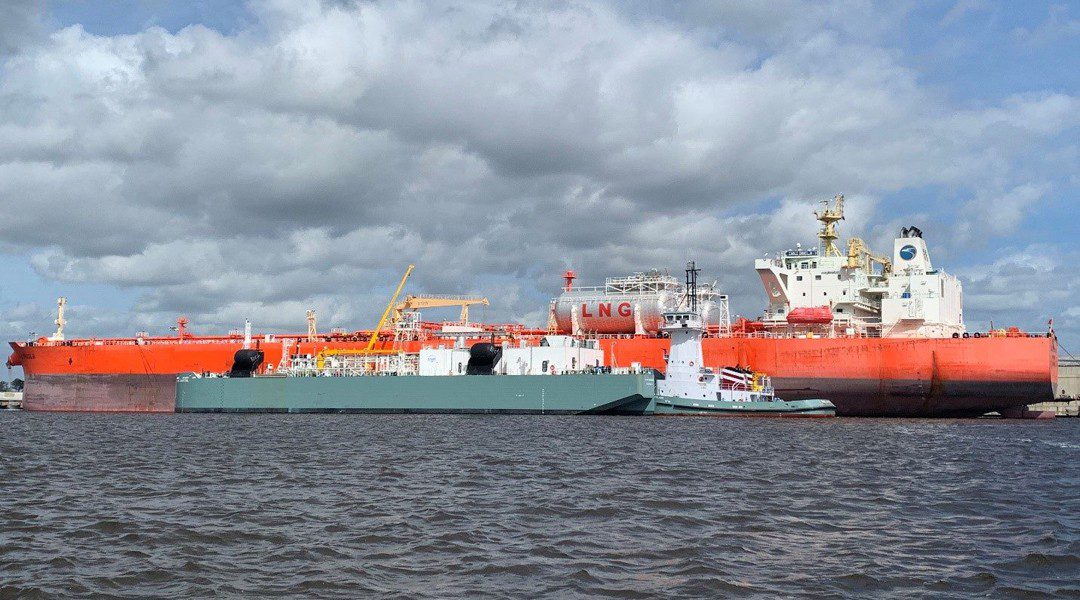 Analyst Insight:The clock is ticking for brands and retailers that haven’t committed to a carbon-reduction strategy. Governments have set ambitious targets to limit global warming and transition to a low-carbon future, and digitization is a key piece of the puzzle.
Analyst Insight:The clock is ticking for brands and retailers that haven’t committed to a carbon-reduction strategy. Governments have set ambitious targets to limit global warming and transition to a low-carbon future, and digitization is a key piece of the puzzle.
Driven by the targets of the Paris Climate Agreement, the European Union hascommitted to climate neutrality by 2050, and established a binding target to cut EU greenhouse gas emissions by at least 55% by 2030 compared with 1990 levels. The U.S., China and Canada have similarly committed to aggressive reductions.
Meanwhile, growing public awareness and consumer demand for eco-conscious products have heightened the urgency for businesses to reduce their carbon footprint, which has become a strategic business imperative. Yet despite the growing global focus on greenhouse gas (GHG) emissions, a major share of the problem remains unaddressed. Businesses need to mitigate not only their direct impact, but also Scope 3 emissions — those generated by everything from the extraction of materials to the production and transportation of finished goods.
For most global retailers and brands, tackling indirect emissions presents a monumental challenge, not just because they account for around 90% of their total emissions, but also due to the complex nature of extending visibility and actionable strategies across extensive and multi-tiered supply chains. Currently, many companies struggle even to measure their direct or Tier 1 supplier emissions accurately, let alone extend this oversight to the nth tier. This measurement difficulty underscores the need for enhanced collaboration with both direct and indirect suppliers to not only understand but effectively reduce Scope 3 emissions.
Effective management of these emissions necessitates a shift from merely monitoring to actively implementing significant reduction plans, engaging in closer supplier collaboration within a clearly defined timeline. This approach is critical for brands and retailers aiming to navigate the complexities of Scope 3 reporting, which involves transitioning from measuring emissions at the initial supplier levels to encompassing the entire supply chain, developing and enforcing reduction plans, and measuring improvements — all of which require substantial advances in collaboration across the entirety of one’s supply chain.
In addition to the intrinsic motivation and consumer demand driving sustainability efforts, recent regulatory developments underscore the urgency of adopting comprehensive carbon reduction strategies. Last year, California signed into law its Climate Corporate Data Accountability Act, which will require large companies to disclose their Scope 3 emissions starting in 2027. Meanwhile, the Securities and Exchange Commission adopted new rules this March mandating public companies to disclose climate-related risks and their impact on business operations, including specific disclosures related to material Scope 1 and Scope 2 GHG emissions. While the final SEC rules stop short of requiring Scope 3 emissions disclosures, they represent a significant step toward standardized climate reporting.
Aligning With SuppliersMulti-enterprise supply chain platforms have emerged as critical tools in meeting these objectives, acting as the connective tissue between retailers and their suppliers. They create key communication channels while fostering the close collaboration necessary to drive impactful reductions in carbon emissions, and to work closely together to optimize logistics, transportation and production processes.
This collaborative approach fosters a sense of shared responsibility, and a multi-enterprise platform introduces the transparency that’s vital in holding suppliers accountable for their emission-reduction efforts. These platforms capture suppliers’ complete emissions data, including those related to coal, diesel and natural gas, by automating data collection from factories and suppliers. The result is a data set that provides granular insight into a supply chain’s environmental footprint and enables continuous evaluation of suppliers’ performance while facilitating the identification of areas that require further improvement.
This level of data transparency enables better alignment between retailers and factories, and makes it possible to visualize where room for improvement lies. Enabling communication and collaboration can be a powerful motivator for companies to invest in emission-reduction initiatives. When suppliers know they have a stable and committed customer, they’re more likely to prioritize sustainability practices that align with that buyer’s values and goals.





